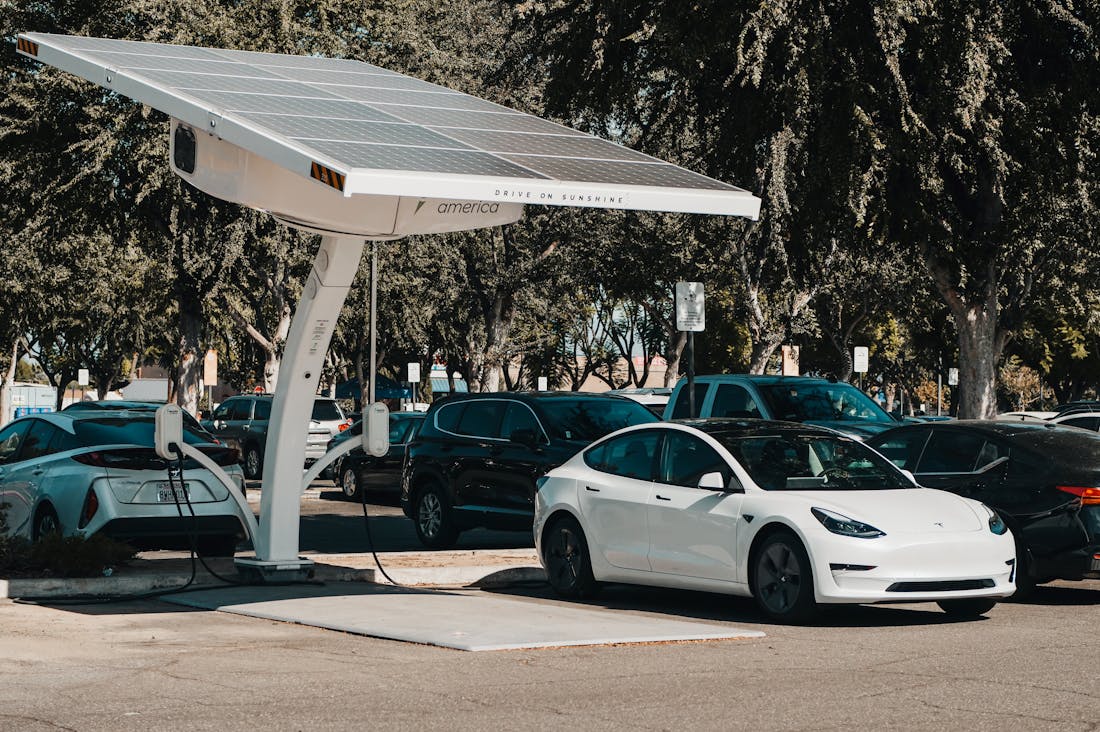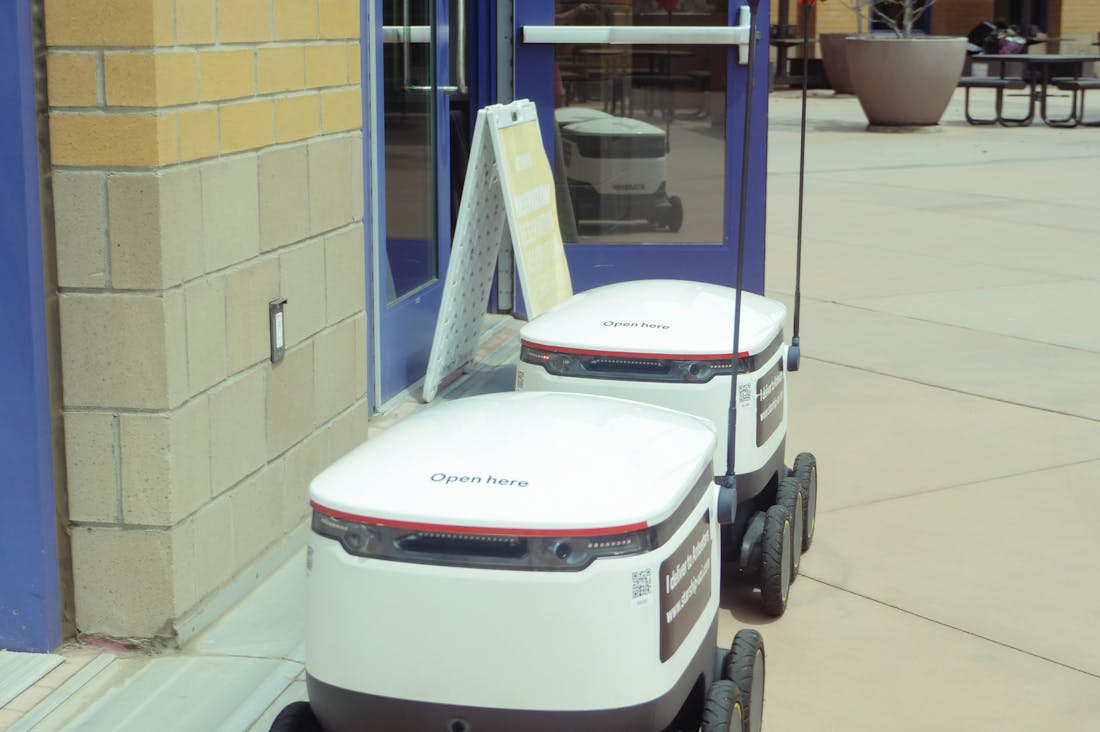In an era marked by rapid technological advancements and an increasing focus on sustainability, the automotive industry is undergoing a transformative shift. "Innovative Automotive Trends: What’s Driving the Future of Transportation?" explores the groundbreaking developments reshaping how we travel. From electric vehicles and autonomous driving to smart infrastructure and connectivity, this exploration delves into the forces propelling the automotive sector into a new age—one characterized by efficiency, safety, and environmental consciousness. As we navigate these changes, understanding the trends shaping our roads and cities will be crucial for consumers, manufacturers, and policymakers alike. Join us on this journey into the future of transportation.

Electric Vehicles and Sustainability
Electric vehicles (EVs) represent a significant advancement in sustainable transportation, considerably reducing greenhouse gas emissions compared to traditional internal combustion engine vehicles. By harnessing renewable energy sources such as wind, solar, and hydroelectric power, EVs contribute to a cleaner energy ecosystem, mitigating climate change and promoting environmental health. As battery technology continues to improve, EVs become more efficient, featuring longer ranges and shorter charging times, which enhance their appeal to consumers. Additionally, the shift towards EVs encourages investments in renewable infrastructure and the development of a circular economy around battery recycling. Ultimately, widespread adoption of electric vehicles fosters a sustainable future, balancing mobility needs with ecological stewardship.

The Rise of Autonomous Driving
The rise of autonomous driving represents a transformative shift in transportation technology, driven by advances in artificial intelligence, machine learning, and sensor integration. Companies like Waymo, Tesla, and numerous automakers have invested heavily in developing self-driving vehicles capable of navigating diverse environments with minimal human intervention. This evolution promises enhanced road safety, reduced traffic congestion, and greater accessibility for individuals unable to drive, such as the elderly and disabled. Additionally, autonomous driving has the potential to revolutionize logistics and delivery systems, leading to more efficient transportation networks. However, challenges remain, including regulatory hurdles, ethical considerations, and public acceptance, all of which will shape the future landscape of mobility.

Connected Cars and Their Impact on Urban Mobility
Connected cars are transforming urban mobility by leveraging advanced technologies like the Internet of Things (IoT) and real-time data analytics to optimize transportation systems. These vehicles communicate with infrastructure, other cars, and pedestrians, enhancing safety and efficiency on crowded roads. By providing real-time traffic updates and route optimization, connected cars help reduce congestion and lower emissions. They also facilitate integrated mobility services, such as ride-sharing and public transport coordination, making urban transport more accessible. Furthermore, the data gathered can inform city planners, leading to smarter urban designs that prioritize sustainability and improve overall quality of life in densely populated areas.
The Role of Smart Infrastructure in Future Mobility
Smart infrastructure plays a pivotal role in the evolution of transportation systems, integrating technology with physical structures to enhance efficiency and safety. These innovations include traffic management systems that utilize real-time data to adapt signal timings and reduce congestion. Smart roads equipped with sensors provide critical information to vehicles about road conditions, accidents, and optimal routes. Furthermore, the incorporation of renewable energy solutions, such as solar panels on roadways, further supports sustainable practices. As cities embrace smart infrastructure, they can create more resilient transport networks, accommodating the needs of growing populations while minimizing environmental impact.
The Impact of Shared Mobility on Urban Transportation
Shared mobility services, including car-sharing, bike-sharing, and ride-hailing, are transforming urban transportation by providing flexible and cost-effective alternatives to car ownership. These services reduce the number of vehicles on the road, leading to decreased traffic congestion and emissions. By integrating shared mobility options with public transit, cities can create seamless transportation ecosystems that cater to diverse mobility needs. The convenience and affordability of shared options encourage people to forgo personal vehicles, which can alleviate parking scarcity and promote sustainable urban living. As these services continue to evolve, they hold the potential to redefine how individuals navigate urban spaces.
Exploring the Future of Mobility with Artificial Intelligence
Artificial intelligence (AI) is revolutionizing the automotive landscape, enhancing vehicle capabilities and user experiences. AI systems process vast amounts of data from various sources, enabling features such as predictive maintenance and personalized navigation. By learning from user behavior, these systems can recommend optimal driving routes or even suggest car features based on preferences. Moreover, AI's role extends to autonomous driving, where it powers decision-making algorithms that analyze surroundings in real time. As AI technology advances, it promises to improve road safety, increase operational efficiency, and create more enjoyable driving experiences for everyone.
Challenges and Opportunities in Sustainable Automotive Practices
As the automotive industry shifts towards sustainability, various challenges and opportunities arise. One of the primary challenges is the need for widespread charging infrastructure to support the growing number of electric vehicles. Additionally, the sourcing of materials for batteries raises concerns about environmental impact and ethical mining practices. However, these challenges present opportunities for innovation, such as the development of advanced battery technologies that use sustainable materials. Furthermore, collaboration between governments, manufacturers, and communities can lead to policies that encourage sustainable practices and investment in green technologies. By overcoming these hurdles, the automotive sector can contribute significantly to a greener future.